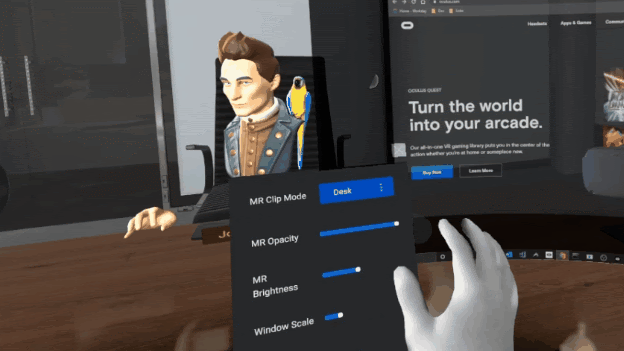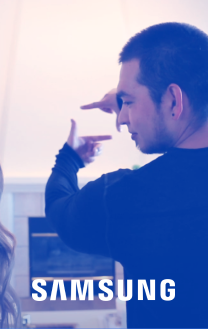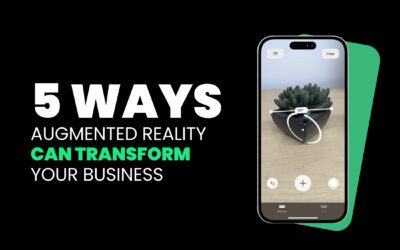The virtual reality (VR) landscape has been rapidly evolving over the past few years, and one of the most promising advancements that are set to change the game is the Oculus passthrough functionality. With this new feature, the Oculus VR headset allows users to see and interact with the real world while still being immersed in the virtual realm. In this blog, we will explore how the Oculus passthrough functionality will revolutionize the VR landscape and open up new possibilities for users.
First and foremost, the Oculus passthrough functionality brings a new level of safety and convenience to VR experiences. One of the biggest challenges of VR is the lack of awareness of real-world surroundings, which can lead to accidents and injuries. However, with the passthrough functionality, users can now easily switch between virtual and real-world views without taking off the headset. This allows users to be more aware of their surroundings, avoid obstacles, and interact with the physical world when needed. For instance, users can quickly check their phone, grab a drink, or navigate their surroundings without the need to remove their headset. This enhances the overall comfort and usability of VR experiences, making them more accessible and user-friendly.

Image courtesy of Meta
Moreover, the Oculus passthrough functionality enables seamless integration of virtual and augmented reality (AR) experiences — also known as mixed reality. While VR creates immersive virtual worlds, AR overlays digital content onto the real world. The passthrough feature allows users to blend both realities effortlessly. For example, users can place virtual objects in their real-world environment and interact with them more naturally. They can also have virtual screens or windows open while still seeing their physical surroundings, creating a mixed reality experience. This opens up a wide range of possibilities for gaming, education, training, and other applications where virtual and real-world interactions are desired.
In addition, the Oculus passthrough functionality has the potential to transform social interactions in VR. VR has already revolutionized socializing by allowing users to meet and interact in virtual spaces, but the passthrough feature takes it to the next level. Users can now see and recognize each other’s real-world facial expressions, gestures, and body language, which adds a new layer of immersion and authenticity to social experiences in VR. They can also bring their real-world friends into the virtual realm and share experiences, creating a more connected and social VR environment. This has significant implications for social VR applications, such as virtual meetings, virtual events, and virtual hangouts, as it enhances the sense of presence and social bonding among users.
Furthermore, the Oculus passthrough functionality has immense potential in professional and industrial applications. VR has already been widely used for training, simulations, and remote collaborations, but the passthrough feature takes it to the next level. For example, in training simulations, users can now see their real-world surroundings and interact with virtual objects or environments, making the training more realistic and effective. In remote collaborations, users can see their colleagues in the real world while working together in the virtual space, improving communication and collaboration. This can have a significant impact on industries such as healthcare, engineering, manufacturing, and education, where VR is already being utilized for training and simulations.
Ultimately, the Oculus passthrough functionality brings a new level of safety, convenience, and integration of virtual and real-world experiences, social interactions, and professional applications. The passthrough feature enhances the overall usability and accessibility of VR experiences and opens up new possibilities for users. As VR continues to evolve, the Oculus passthrough functionality is set to play a crucial role in shaping the future of VR and revolutionizing how users interact with virtual and real-world environments. It’s an exciting advancement that holds immense potential and is sure to transform the VR landscape in the years to come.





